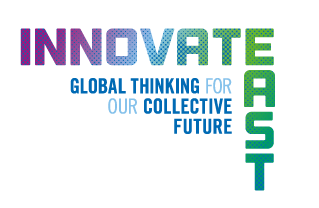Wheatley Watersource
The problem:
There are insufficient storage facilities near abstractors and landowners to capture water when there is plenty – missing opportunities to provide a tighter resilience to drought.
More storage would increase the potential for abstractors to trade or share with others, offering a low-cost mitigation against local water challenges.
Abstractors and landowners understand the potential value of storing and trading water – however accessing relevant information to help assess viability for storage, identify potential trade opportunities, and navigating the water trade approval process with Environment Agency are seen as barriers.
Fundamental water catchment information valuable to stakeholders looking to trade is spread across multiple portals and is not always easily accessible, readily available, intuitive or engaging.
Our solution:
A concept introduced at the 2019 Innovate East via a ‘dash’ explored stakeholder perceptions of water trade between abstraction licence holders and how a digital platform could support and encourage more sharing of water at a local level.
A collaborative project was developed with Anglian Water, Essex & Suffolk Water, Water Resources East and the Environment Agency, to develop Wheatley Watersource.
This facilitates and takes the complexities out of the trading and sharing of water between water abstraction licence holders, farmers, land owners and industry. It will also provide a single point of access to water catchment management data.
It will use a cloud portal to connect trading parties with a bulletin board, where they can post offers or needs for water, assesses viability of trade opportunities and where Environment Agency approval is needed and to collect and pass on the information required to ensure there is no avoidable delays.
It will also track and provide information on the number, status and success of trade opportunities, linking back to the relevant water catchment management areas to provide updates to a variety of stakeholders.
Current status:
The project is focusing on a single operational catchment in East Anglia to pilot Wheatley Watersource for up to a year.
Requirements have been collected from a variety of stakeholders through a workshop, online webinar and digital survey targeted at farmers and abstractors.
Development has started with sprints targeting specific goals.
The map layers and user interface have been set up, together with the bulletin board to post offers of water or communicate a need for water.
The next step is to start work on the assessment and classification of trade opportunities.
